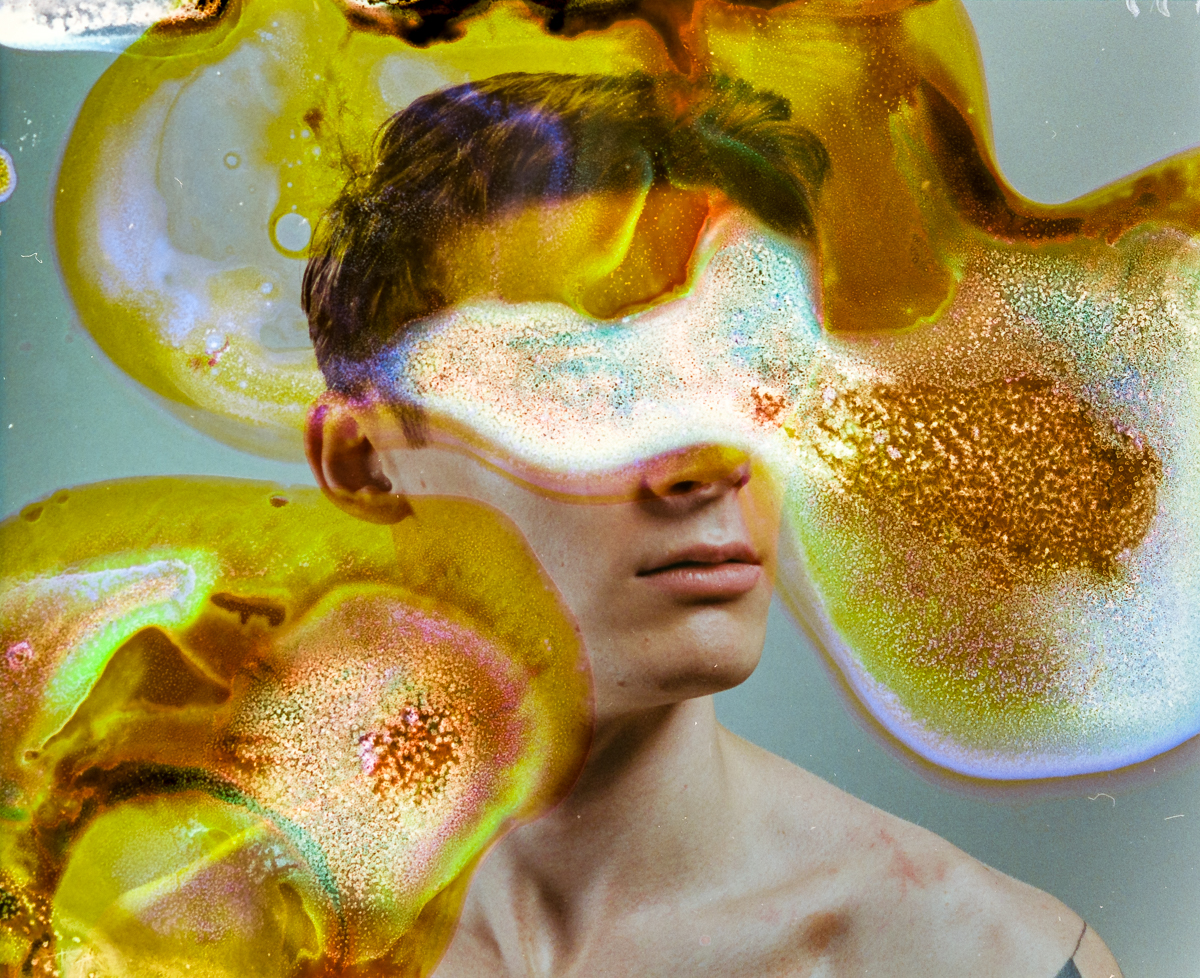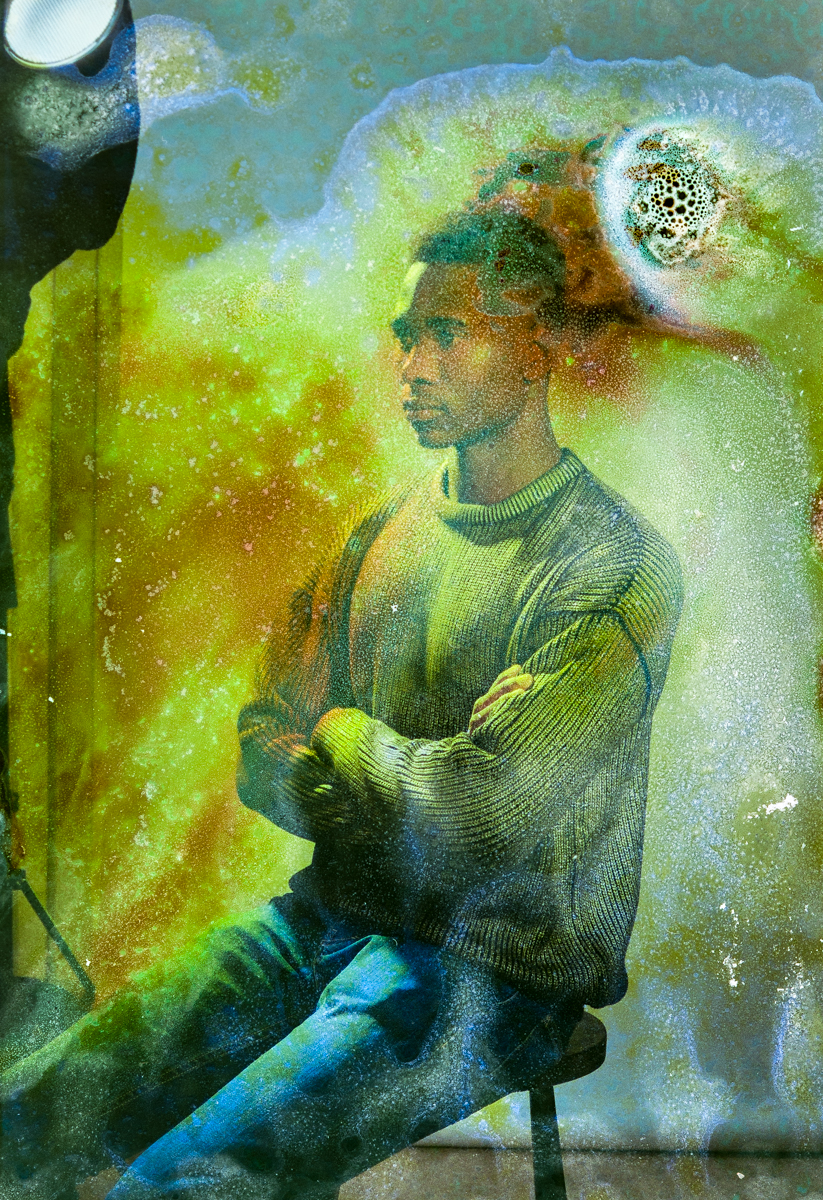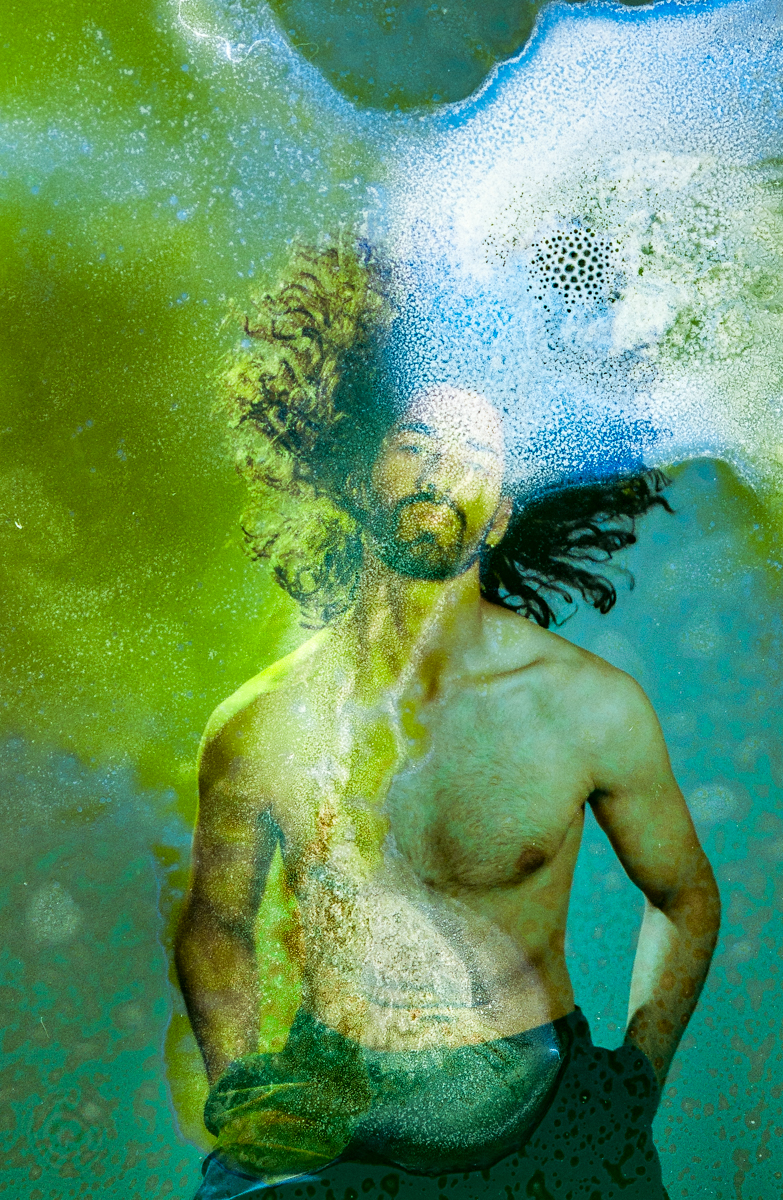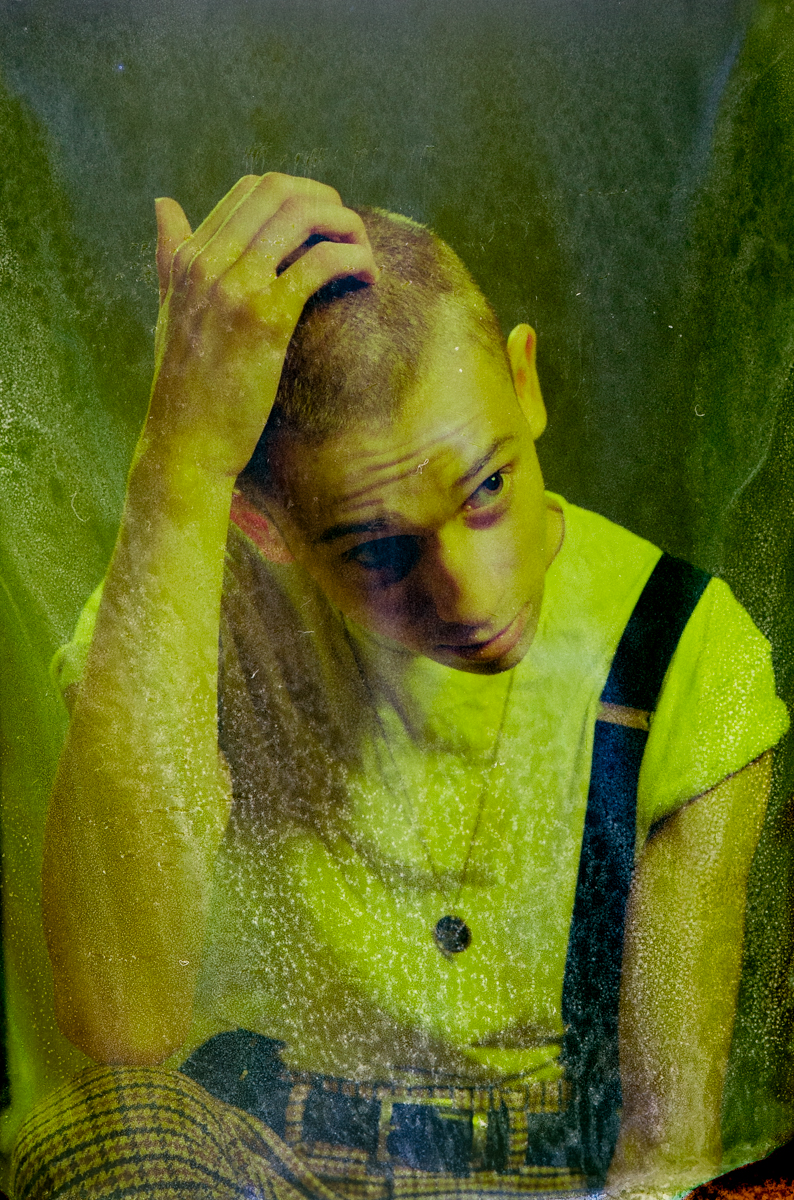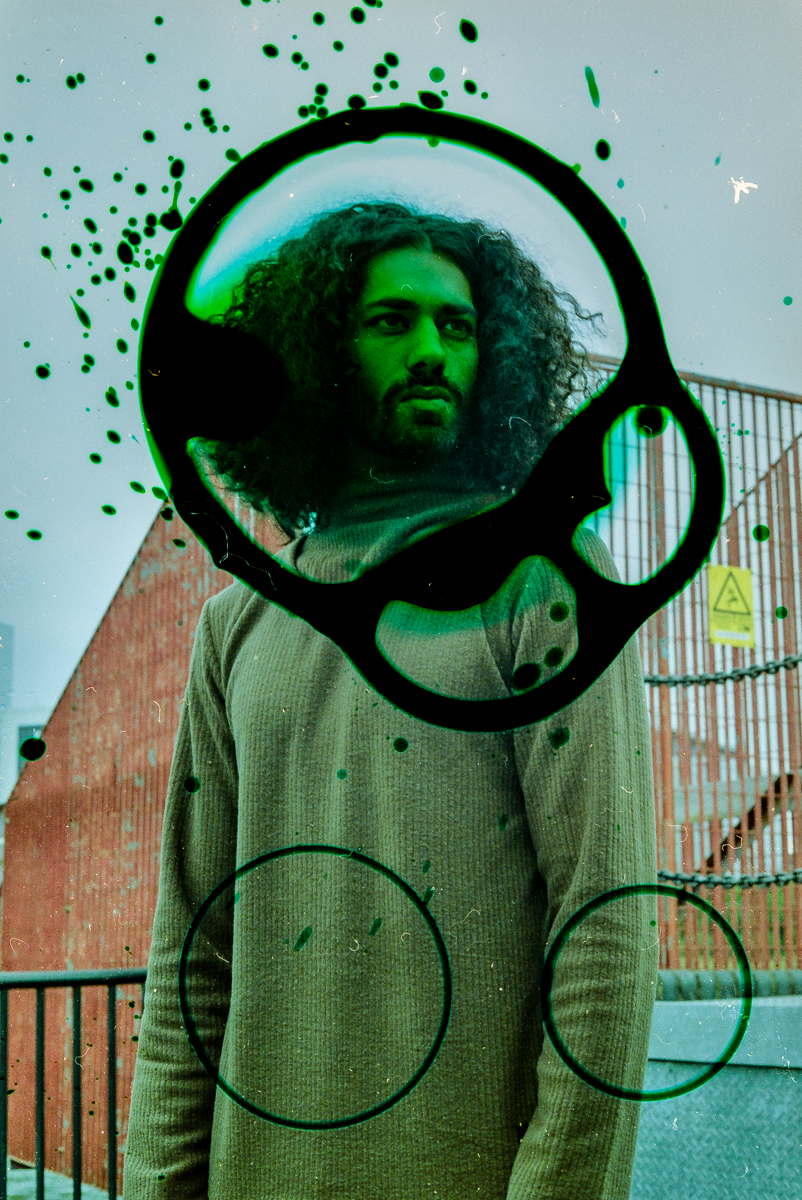The images from my De-Stress photography project are featured on Issue Eight of Murze Magazine and the lovely people of Murze have interviewed me for the feature! Their Issue Eight is a journey through Portraiture, Reality and Change, exploring and focusing on people, the wider world and change in all its forms. Go check the interview out!
De-Stress is a photography project in which I took portraits of members of the community of The Trampery, a social enterprise specialising in shared workspace and support for entrepreneurs and creative businesses, and explored how working in a creative environment surrounded by a supportive group contributes to the success rate of entrepreneurs and their well-being. I shot the portraits on film and distressed them using household chemicals. The project title is a play on words, "distress" being the technique used to create the images about the "de-stressing" offered in the supportive environment created in the co-working space.
You can learn more about Murze Magazine on www.murze.org or find out about the De-Stress project on this link.
Do you like what you just read? Subscribe to my weekly blog posts here!




